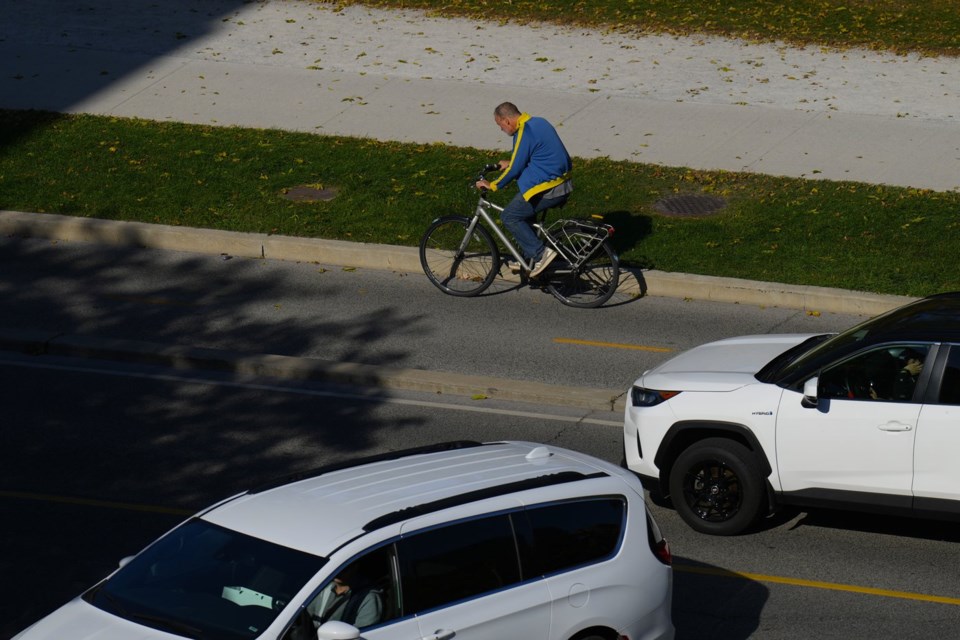TORONTO — Ontario is planning to remove sections of bike lanes on three major roads in Toronto, as it considers whether to rip up more bike lanes elsewhere.
The Progressive Conservative government tabled a bill last week that would require municipalities to ask the province for permission to install bike lanes when they would remove a lane of vehicle traffic.
The government is going further through regulation, posting a proposed new rule that would require the province to remove sections of Bloor Street, Yonge Street, and University Avenue bike lanes and restore them as lanes for vehicle traffic.
Ontario Premier Doug Ford has complained about some bike lanes creating gridlock, in particular a stretch of Bloor Street West that is about a 10-minute drive from his home in Toronto's west end.
The regulation, which is posted for public comment until Nov. 20, says Ontario would also establish a review process for existing bike lanes that were created through removing a lane of vehicle traffic to decide if they should be maintained or removed.
The posting says the city of Toronto would be required to "provide support to facilitate" the removal of the three named bike lanes, and that an exemption from the Environmental Assessment Act would be included.
"We are doing everything we can to fight congestion and keep major arterial roads moving, but the removal of lanes of traffic on our busiest roads, such as Bloor Street, University Avenue, and Yonge Street, has only made gridlock worse," Transportation Minister Prabmeet Sarkaria wrote in a statement.
"Bike lanes should be on secondary roads, where they make sense for the more than 70 per cent of people who drive and for the 1.2 per cent who commute by bike. It’s just common sense.”
The Association of Municipalities of Ontario has slammed the province for its bike lane legislation, calling it a "significant overreach" of power.
The association questioned how the Ministry of Transportation would be better able to make decisions about local transportation matters than cities themselves.
This report by The Canadian Press was first published Oct. 31, 2024.
Allison Jones, The Canadian Press



